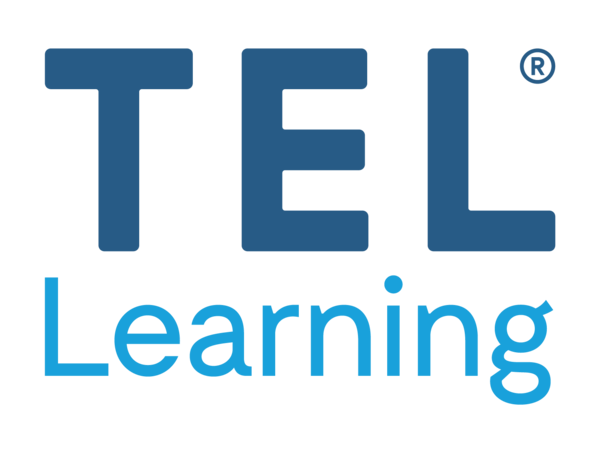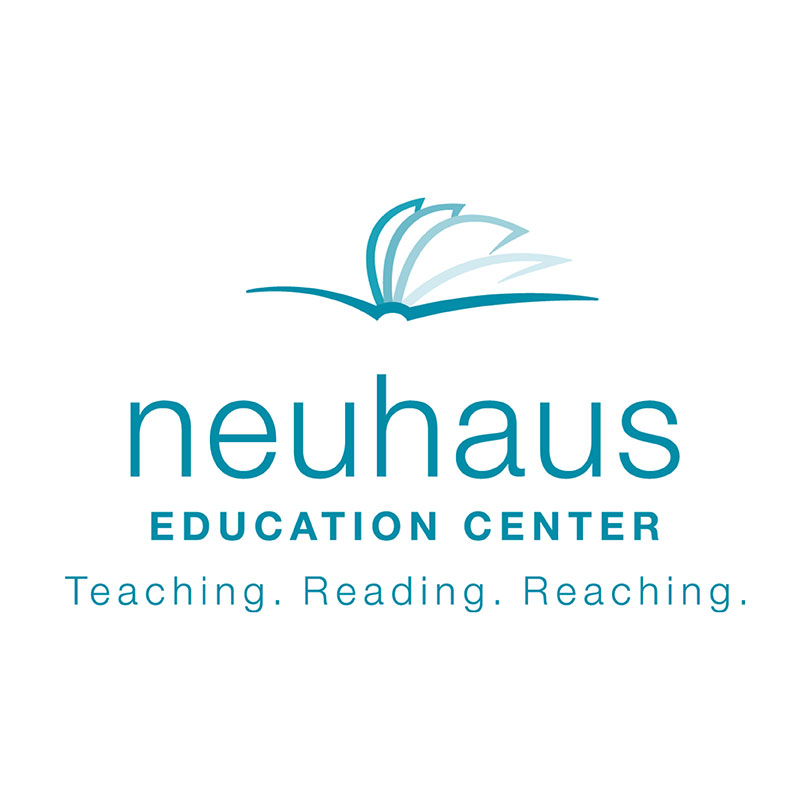What is a homeschool curriculum?
Homeschool curriculums are the collected lessons that you plan to teach your child at home.
After making the decision to homeschool (and withdrawing your child, if they are enrolled in public school), the practical first step is to discover what curriculum is the perfect fit for your family!
There are many options available for homeschooling parents, from Christian homeschooling curriculums to secular ones.
You might choose to use a curriculum that has lessons in every subject or you can choose from a variety of options to create a personalized homeschool experience for your child.
Prices on curriculums range from completely free up to whatever you choose to spend, while formats can be 100 percent parent-led to 100 percent online facilitation.
You may choose to use the same curriculum company from kindergarten to high school or you may decide to use a different one each year or even adapt your lesson plans to the seasons.
It’s up to you!
For instance, My Father’s World incorporates a Family Learning Cycle to include multiple age-ranges and let’s the curriculum itself flex to work with that plan. It is very hands-on and parent-led. Their prices start at about $249 for a yearly package with all books included.
On the other hand, Acellus Academy is completely online and grade-specific. Each student enrolls separately. Students are free to learn online and are led by online video lectures and parents can view students’ progress anytime via their app. Their prices are about $249 per month.
(Please note that the rest of the article continues below.)
Does HomeEducator.com have specific curriculum recommendations?
(Please note that the rest of the article continues below.)

What does the curriculum have to include?
While being the decision-maker in your child’s education is the important part of homeschooling, it is critical to ensure that you are covering the basic subjects needed to be legally compliant in Texas.
To follow the Texas laws, you must cover the following subjects:
- Reading
- Spelling
- Grammar
- Mathematics
- Good Citizenship
Including all of these topics is not as daunting as it may seem at first, as some curriculums include multiple subjects. For example, a comprehensive language arts program should already cover reading, spelling, and grammar, while many social studies and civics programs cover good citizenship.
When choosing a curriculum, keep in mind that by law it must be in visual form, such as workbooks, textbooks, or a computer screen.
Read more about the Texas state laws here.
What about additional subjects?
You are free to add whatever other subjects you’d like: foreign language, art, music, or whatever strikes your fancy. Here is a list of optional subjects to get you started.
You can also supplement with locally-offered homeschool programs. Check with your library, church, or THSC’s homeschool group guide, and use our group finder to locate local choirs, sports, band, or any other fun groups that your child might enjoy.
Which curriculum is the best choice for your family?
As you think about what curriculum to use, remember that the best choice for one child might not be the best choice for another child.
Maybe your children all learn in the same way (if so, good for you!) or more commonly, maybe they all have different learning styles. Learning styles are auditory, visual, kinesthetic, or varying ratios of two or all styles.
This will make a big difference in what curriculum choices you make.
Different curriculums work best for different learning styles, and knowing your child’s preferred way to learn will not only spare you frustration, but also give you the most positive results.
How are each of the learning styles different?
- Visual learners absorb new information best by seeing.
- Textbooks, infographics, workbooks, DVDs
- Auditory learners learn best through the use of verbal communication.
- Lectures, audiobooks, audio-based lessons, learning songs
- Tactile/Kinesthetic learners benefit from hands-on learning.
- Manipulatives, hands-on projects, math learning tools and blocks, science projects
What about different methodologies of teaching?
There are many different methodologies of teaching your children!
While there are as many unique homeschooling styles as there are families, the seven main classifications that form the basic foundations upon which most families build their homeschools are:
- Classical
- Charlotte Mason
- Montessori
- University Style
- Unit studies
- School at Home
- Eclectic
Learn about the finer details of these different styles in this article.
What are your priorities?
Before choosing your curriculum, it might be helpful to make a list of each child’s strengths and weaknesses. There are many online assessments available to help you determine grade levels and appropriate goals for that school year.
We have guides to milestones for each grade level available here. These will help you determine what level of curriculum would be best for each of your students.
What about placement tests?
Placement tests are also helpful and many times are available on specific curriculum sites.
For instance, if you were to choose to use My Father’s World for a fourth grader, they use Singapore Math as their math curriculum. You could then use Singapore Math placement tests to find the best fit for your child.
Where do I find curriculum?
There are many places to find curriculum. You may want to start at a review site, like Cathy Duffy Homeschool Curriculum Reviews, or ask friends and family that homeschool what they have had good experiences with.
You can find curriculum:
- Online (for free)
- At your local library
- At bookstores
- Homeschool book fairs
- Online booksellers (like Rainbow Resource or Timberdoodle)
- At homeschool conventions.
What kind of budget are we talking about?
Set a budget:
- Though it is important to set yourself parameters for each school year per student, there is no rule about how much you have to spend on curriculum.
Homeschool for free:
- It may be more time-consuming to homeschool for free, in that you are designing and implementing the lessons completely, but it can be done! Especially with help from your library.
- The only costs associated with this method would be the supplies you need, like art material, printer paper, ink, pens, pencils, etc.
If money is no option:
- If you hire tutors, have private music lessons, do specialty extracurricular activities, choose a private school hybrid homeschool, private school online, or co-op option, you could easily spend upwards of a couple thousand dollars.
Most people fall somewhere in between totally free and the hundreds-of-dollars route, but you can spend as much or as little on homeschooling as you want.
What about special needs curriculum?
THSC has a section completely devoted to Special Needs Homeschooling. There is no standard curriculum for children with specific diagnoses.
THSC is available to consult with you on the variety of curriculums available, the different learning styles that your child may possess, and the organizations and companies that promote themselves as “Special Needs Friendly.”
THSC does not endorse a specific group or organization. The resources we provide are merely a starting point for you and your loved one with special needs.
It is for you to determine what is best for your individual situation and your child’s specific needs.
Need more information?
We are here for you if you have any questions! Feel free to reach out.
No question is too large or too small. We want to be there for you throughout your homeschool journey!
Jessica Lovett
Jessica Lovett is passionate about homeschooling her own kids, sci-fi books, quirky coffee shops, and her scruffy black dog, Bofur. In her spare time, she loves playing the piano and also singing on her church’s worship team. Her writing can be seen on ChristianAnswers.net and her novel Transplanting Hope is available wherever books are sold.








